Machu Picchu, a Sacred Pilgrimage Site
Callao, Peru

It is said that humans first settled in Peru around 3000 BC; and the advanced Andean Civilization flourished. Machu Picchu was born during the period of the Inca Empire, the last indigenous nation of the Andean Civilization. Mr. Sakane Hiroshi, who lives in Lima and has been studying Peruvian culture for many years, will tell us about Machu Picchu, which continues to attract tourists from around the world to this day.
Sakane Hiroshi Executive Director of Amano Museum in Lima, Peru, founded by his grandfather. A Peruvian cultural researcher and a pottery/textile collection expert, he conducts excavation work and also serves as the chair of Japan Machu Picchu Association.
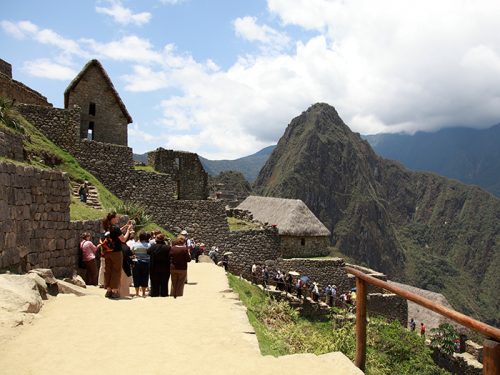
Concentration of the wisdom of the Andean Civlilization
Machu Picchu is located at the end of a deep mountain range in the Andes, and is known as the “City in the Clouds” because it can only be seen from the sky. The ruins of Machu Picchu contain various wisdom from the time before the Inca Empire appeared, such as the technique of quarrying stones without using iron tools and stacking them without pulleys, and the ingenuity of cultivating crops on slopes. Walking through the ruins built with elaborate masonry, you can see the natural order incorporated into daily life and the advanced technology that made it possible. However, even with all the excavations and scientific research, Machu Picchu still maintains many mysteries.
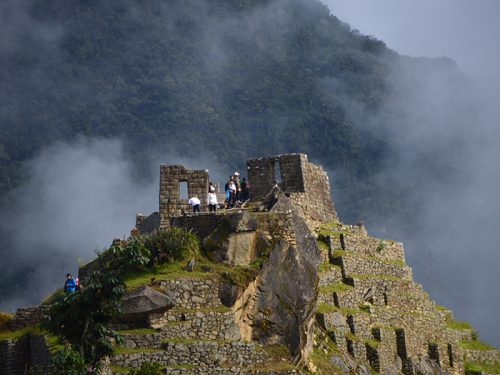
Machu Picchu as a Pilgrimage Site
There are many traces of temples and altars at Machu Picchu, and there is a theory that it was a sacred pilgrimage site during the Inca Empire. I support this theory, but my impression of this place as a pilgrimage site is based not only on archaeological evidence and logic, but also on the impression I get the moment I stand on the spot overlooking the entire ruins. When you stand at Machu Picchu and feel the Andean wind blowing up from the bottom of the valley, you can feel the ancient people’s view of the world and the universe, which gives you a mystical feeling. This feeling, which I have experienced hundreds of times, makes me realize that this place was indeed a pilgrimage site.
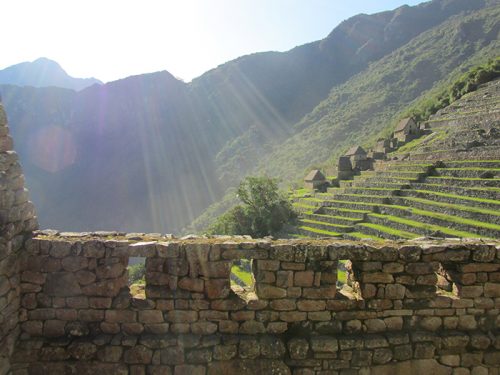
Machu Picchu is one of the best places in the world where the traces of human civilization and the richness of nature are combined. In my opinion, there is no other place in the world where man-made and natural features are in such perfect harmony as at Machu Picchu. The fact that UNESCO recognized Machu Picchu for both its cultural and natural values, a mixed World Heritage, is proof of this. Of course, there are many theories as to why Machu Picchu was built here, and that it was a sacred pilgrimage site is just one possibility. So, if you ask me what Machu Picchu is, my honest answer is that I don’t know.
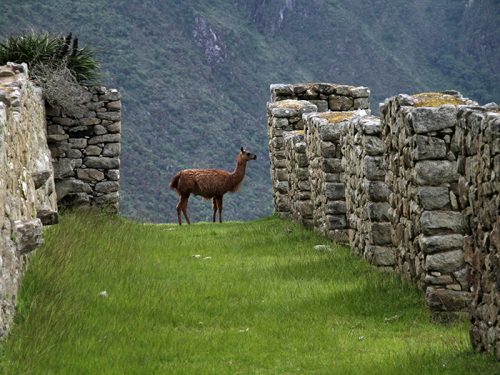
The Depth of Machu Picchu
That is a dilemma that archaeology will never be able to solve. In the world of archaeology, there are many cases where what is found in the soil during excavation can completely change the conventional wisdom. It is important to keep in mind that there are limits to what we can learn from excavations, and that the prevailing interpretations may not always be correct. However, if you actually visit Machu Picchu and feel something as an individual, there is no right or wrong answer to that feeling or impression. Perhaps the size of that grace and the depth of its nostalgia are the biggest reasons why the Andean civilization attracts us so much.
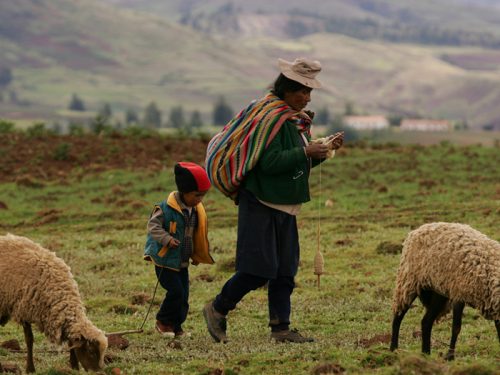
Revised World History
For a long time, it was thought that the history of humanity began with civilizations in the so-called Old World, including Europe, Africa, and Asia, known to Europeans before Columbus arrived in the Americas, and then the civilization of the Americas began. The same applies to the origin of the Andean civilization, which was said to be the Chavín civilization that developed around 1,000 BC. However, recent discoveries of pyramidal temples and traces of ancient cities built around 3,000 B.C., around 200 kilometers north of Lima, the capital of Peru, have challenged this theory.
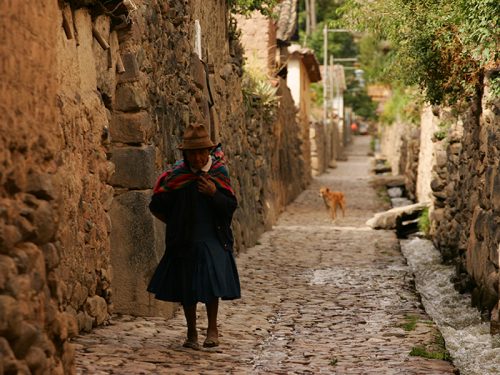
The first thing that comes to mind when we think of large stone structures built around 3,000 B.C. is the Egyptian pyramids, but this discovery proves that people living in completely different lands began to build similar civilizations in the Old and New World at around the same time.
This is why recent historiography has come to call them the “Six Great Civilizations,” adding the Inca and Mayan civilizations to the previous Four Great Civilizations. Furthermore, excavation and research is still in progress all over the world. In a recent survey in South America, ruins from about 5,600 years ago were found in the headwaters of the Amazon. As this research progresses, the history of the region will be updated once again.
PHOTO: PEACEBOAT, Chiga Kenji, Momoi Kazuma, shutterstock.com
